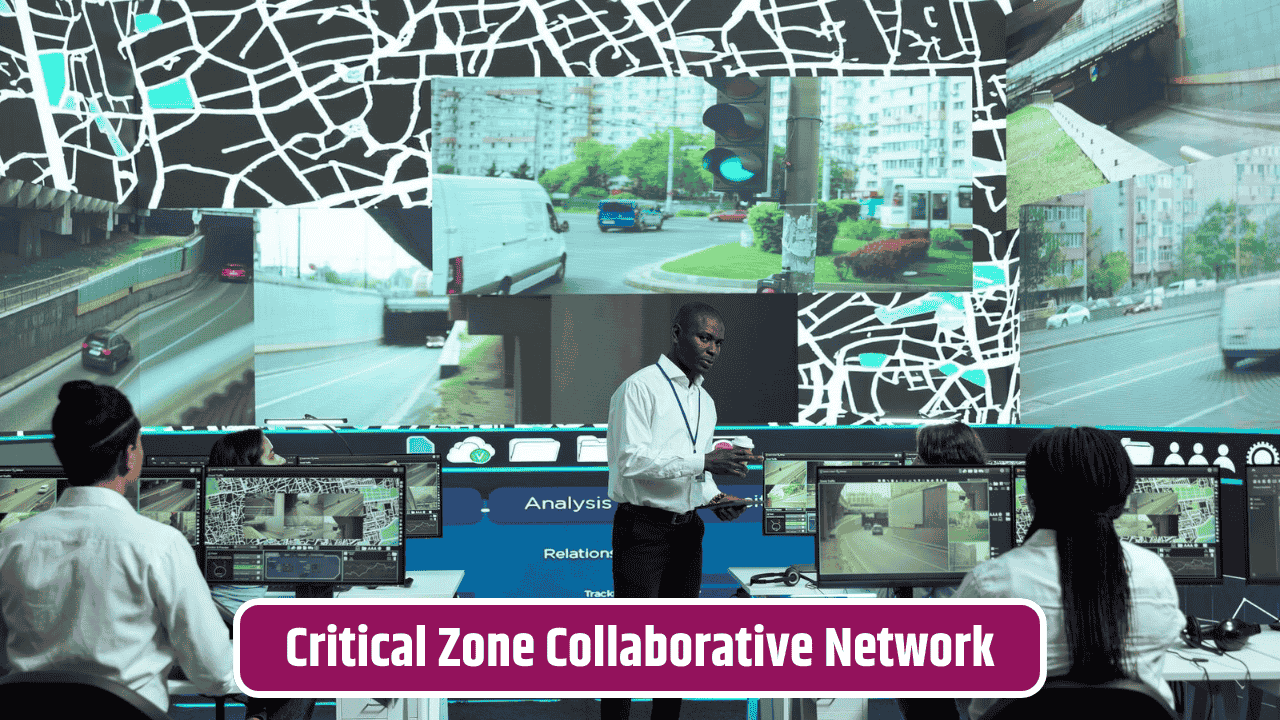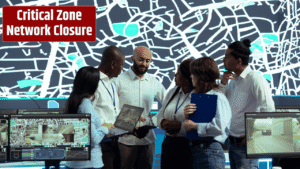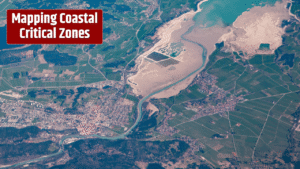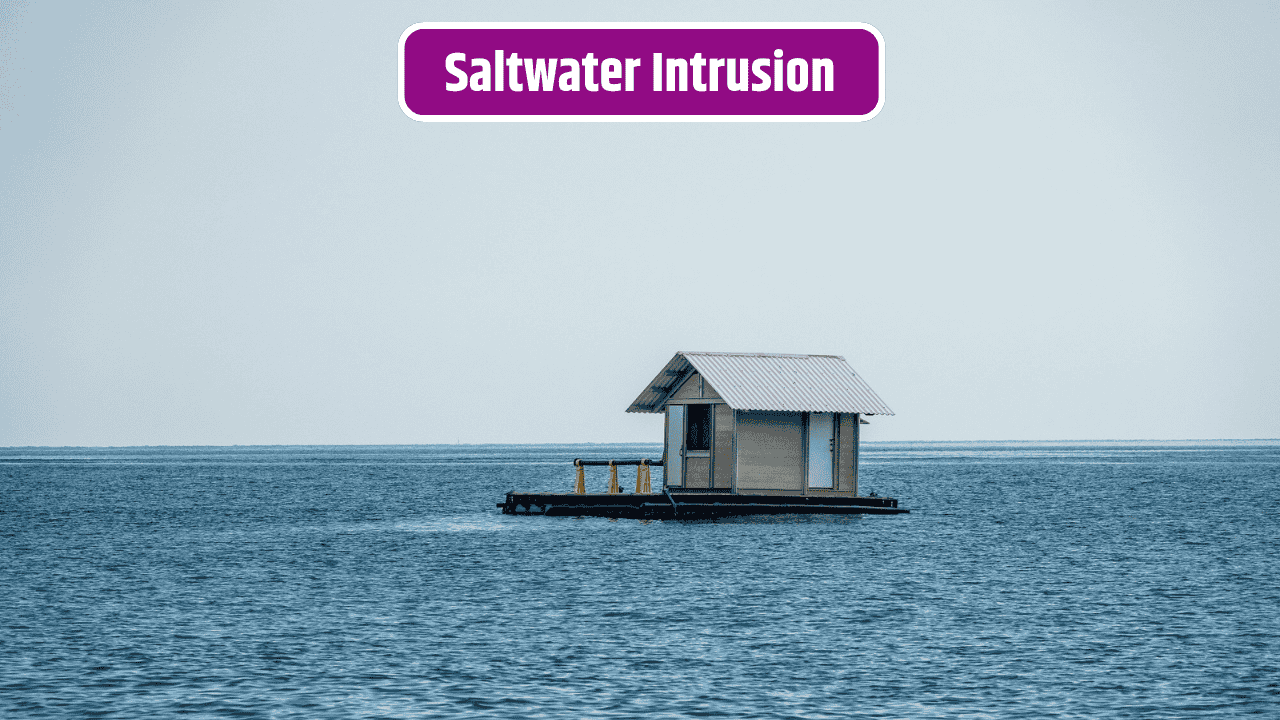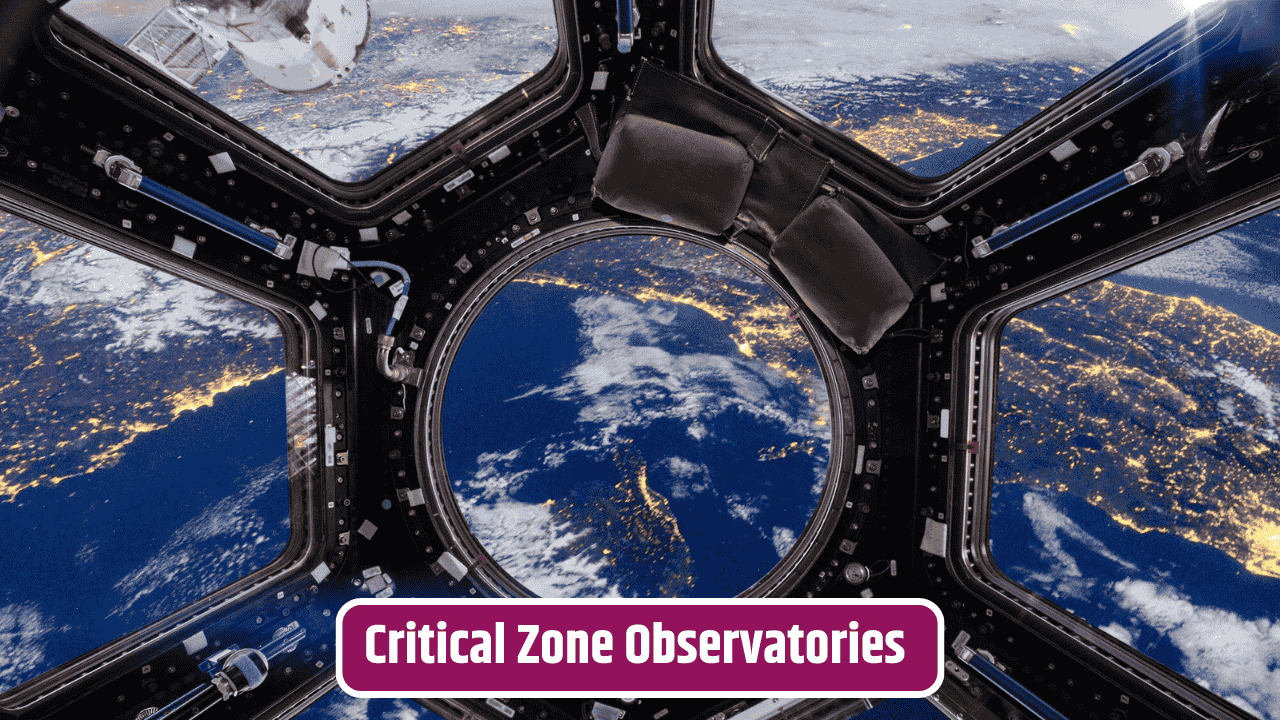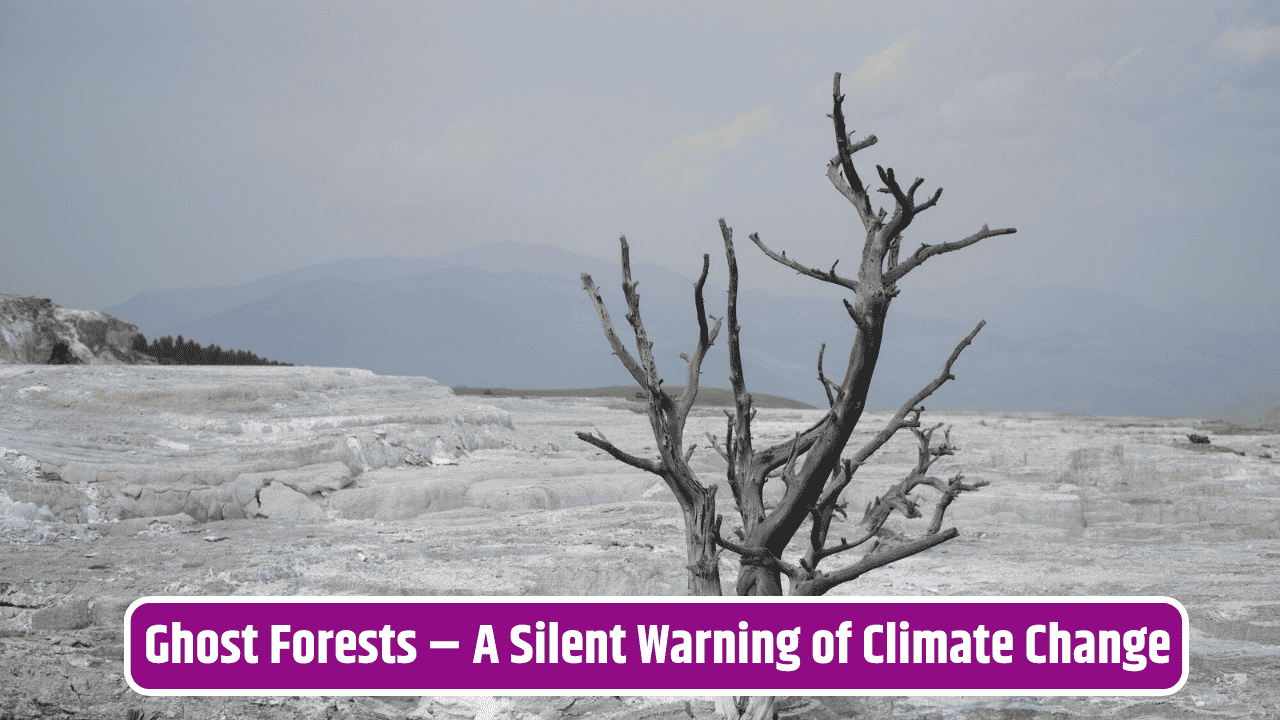If you’ve ever looked down at the ground beneath your feet and thought, “Well, it’s just dirt,” you’d be missing the point entirely. The thin skin of Earth that supports life—the soil, rock, water, air, roots, bugs, and microbes tangled together—isn’t just dirt. Scientists call it the Critical Zone, and without it, none of us would be here. To better understand this fragile and fascinating layer, researchers from across the U.S. (and beyond) teamed up to form what’s called the Critical Zone Collaborative Network. It’s not just another acronym-filled science project—it’s a big, long-term bet on our planet’s future.
Table of Contents
What Exactly Is the Critical Zone?
Think of the Critical Zone as Earth’s life-support system. It’s the stretch from the top of the tree canopy down through soil, into the bedrock where groundwater flows. In that slice, everything necessary for life—nutrient cycling, water storage, plant growth—takes place. It’s where rain meets roots, where carbon gets locked away, and where farmers and ecosystems draw their sustenance.
The term may sound academic, but its implications are personal. The food you eat, the water you drink, and even the climate stability we depend on are all tied back to the health of this zone.
Why Build a Collaborative Network?
The Critical Zone Collaborative Network (CZCN) was created with a simple but urgent mission: pull scientists together from different fields to look at Earth’s most vital layer as a connected system. Instead of soil scientists working over here, hydrologists over there, and geologists in another corner, the network acts like a giant roundtable.
The idea grew from the earlier Critical Zone Observatories funded by the National Science Foundation (NSF). After years of running isolated projects, researchers realized the only way to truly understand long-term changes—like how deforestation affects water flow or how climate change reshapes soil health—was to join forces. In 2020, the NSF officially launched the CZCN as a way to unify and expand this work (source).
What the Network Does Day-to-Day
The network runs like a scientific ecosystem itself. Different teams monitor test sites across diverse landscapes: from forests in New England to grasslands out West, and agricultural regions in between. Each site acts like a living laboratory, collecting data on things such as:
| Focus Area | What’s Being Studied | Why It Matters |
|---|---|---|
| Soil & Rock | Weathering, nutrient cycles | Predicts crop yields & carbon storage |
| Water | Flow, storage, quality | Ties into drinking water safety |
| Biology | Roots, microbes, insects | Impacts ecosystem resilience |
| Climate | Precipitation, temperature shifts | Helps forecast drought & flood risks |
All of this feeds into open data repositories, so anyone—whether you’re a grad student or a farmer—can access real-time insights about how our environment is shifting.
Why It Matters to Ordinary People
This might sound like ivory-tower science, but it connects directly to our lives. Take farming. If soil loses its nutrients faster than we can replenish them, food security takes a hit. Or drinking water—pollutants don’t just vanish; they move through the Critical Zone and eventually flow into taps.
On a bigger scale, the CZCN is also about climate. Healthy soils lock away carbon, but degraded ones release it, adding fuel to global warming. By tracking these processes, researchers can inform better policies, like sustainable agriculture practices or groundwater management, through agencies like the USGS (source) and state-level conservation programs.
The Collaborative Spirit Behind It
One of the more refreshing aspects of the network is its emphasis on inclusivity. It’s not just American scientists tucked away in labs. The CZCN partners with international teams, engages with local communities, and even trains the next wave of researchers. High school and college students often get a front-row seat in projects, learning how to handle field instruments or analyze soil samples.
In short, it’s science for people, not just for publications.
FAQs
What does “Critical Zone” mean in simple terms?
It’s Earth’s living skin—the layer from treetops to groundwater where soil, water, air, and life interact.
Who funds the Critical Zone Collaborative Network?
The U.S. National Science Foundation is the main funder, but it collaborates with agencies like the USGS.
Is the data from the CZCN open to the public?
Yes, much of the data is freely available for educators, researchers, and even curious citizens.
Does the network only study U.S. landscapes?
The main sites are U.S.-based, but findings are shared internationally and often compared with global studies.
How does this research affect me personally?
It influences everything from clean water access to how resilient our farms and forests will be under climate change.

